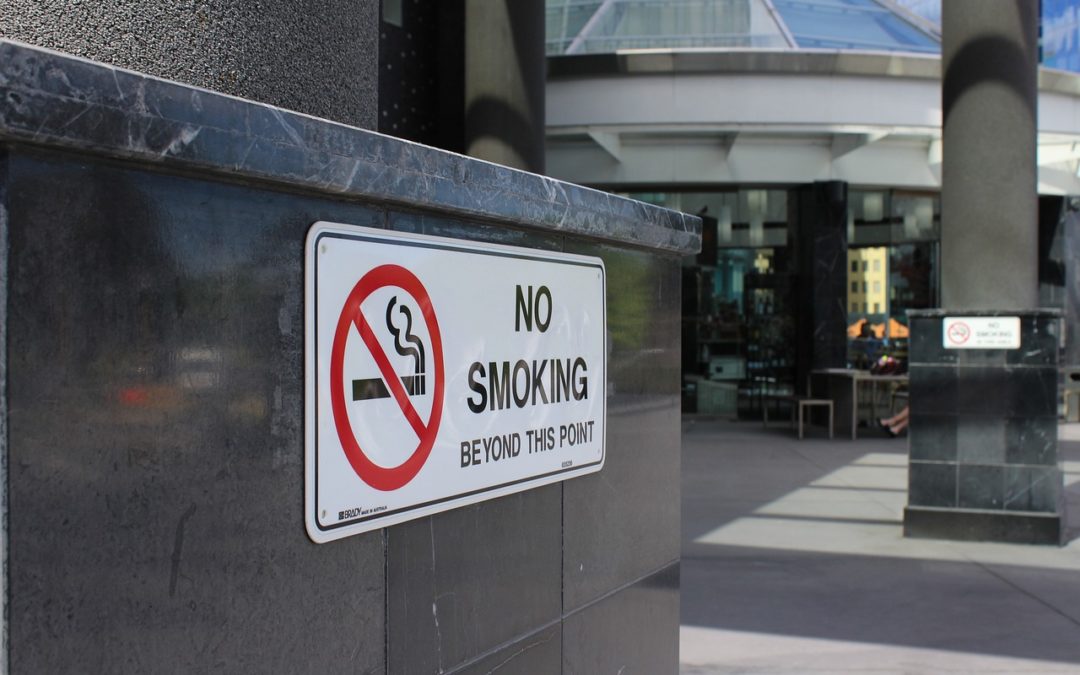- The Tobacco Products Control Act (1993):
The Tobacco Products Control Act serves as the primary legislation governing smoking in South Africa. It sets out various provisions and regulations that employers must adhere to in order to maintain a smoke-free workplace. These regulations apply to all workplaces, including indoor and outdoor areas.
- Smoking in Enclosed Spaces:
The Act strictly prohibits smoking in enclosed spaces within the workplace. Enclosed spaces refer to any area that is substantially enclosed by walls, windows, or a roof. This includes offices, meeting rooms, corridors, restrooms, and other confined areas. Employers must ensure that these spaces are completely smoke-free and establish designated outdoor smoking areas, if permitted.
- Designated Smoking Areas:
If employers choose to provide designated smoking areas, certain conditions must be met. These areas must be located in well-ventilated outdoor spaces, away from entrances, exits, and areas where non-smokers frequent. Signage indicating smoking areas should be clear and prominently displayed. It is important to note that some workplaces, such as healthcare facilities and childcare centres, may be completely smoke-free with no provision for designated smoking areas.
- Workplace Policies:
Employers should develop and implement clear smoking policies that outline the rules and expectations regarding smoking in the workplace. These policies should be communicated to all employees, contractors, and visitors. Policies should include information on the prohibition of smoking in enclosed spaces, the location and rules for designated smoking areas (if applicable), and the consequences for non-compliance.
- Awareness and Education:
Promoting awareness and educating employees about the hazards of smoking and their rights within the workplace is crucial. Employers should provide information on the dangers of smoking, the benefits of a smoke-free environment, and available support for employees who wish to quit smoking. This can be done through training sessions, awareness campaigns, and the provision of educational materials.
- Enforcement and Consequences:
Employers have a responsibility to enforce smoking regulations and take appropriate action against individuals who fail to comply. This may include verbal warnings, written warnings, or disciplinary measures in line with company policies. Consistent enforcement is essential to maintain a smoke-free workplace and protect the rights of non-smoking employees.
Creating a smoke-free workplace in South Africa is not only a legal requirement but also a necessary step towards ensuring the health and well-being of employees. By understanding and complying with smoking regulations, employers can establish an environment that promotes a healthier workforce and reduces the risks associated with smoking. It is vital for employers to develop clear smoking policies, communicate them effectively, and enforce them consistently to promote a culture of compliance and foster a healthier workplace for all.
Examples of relevant South African case law that highlight the importance of complying with smoking regulations in the workplace:
- National Bargaining Council for the Road Freight and Logistics Industry vs SA Transport and Allied Workers Union (2013):
In this case, the court ruled in favour of the employer, affirming the right to enforce a smoke-free workplace policy. The court held that the employer had the authority to prohibit smoking in all company vehicles and offices, as well as in designated outdoor areas. The case emphasized the employer’s duty to protect the health and safety of employees and highlighted the importance of clear and enforceable smoking policies.
- Harmony Gold Mining Co. Ltd vs Association of Mineworkers and Construction Union (2017):
This case dealt with the issue of smoking in enclosed spaces within the mining industry. The court held that the employer had a duty to maintain a smoke-free workplace and that smoking in enclosed spaces posed a health risk to employees. The ruling reinforced the prohibition of smoking in enclosed areas and underscored the obligation of employers to provide a safe and healthy working environment.
- Mankayi vs AngloGold Ashanti Ltd (2011):
Although not directly related to workplace smoking, this case emphasized the importance of protecting employees from harmful substances, including second-hand smoke. The court held that the employer breached its duty of care by failing to protect employees from excessive exposure to dust and other harmful substances, leading to occupational lung disease. This case highlighted the broader duty of employers to safeguard employees’ health and well-being in the workplace.



